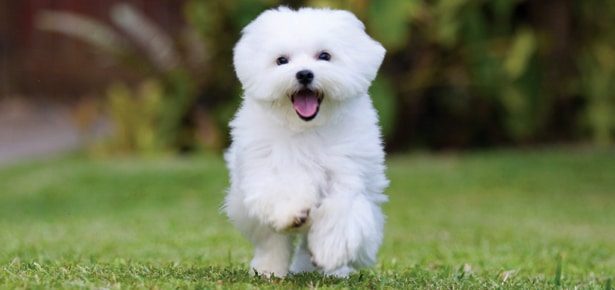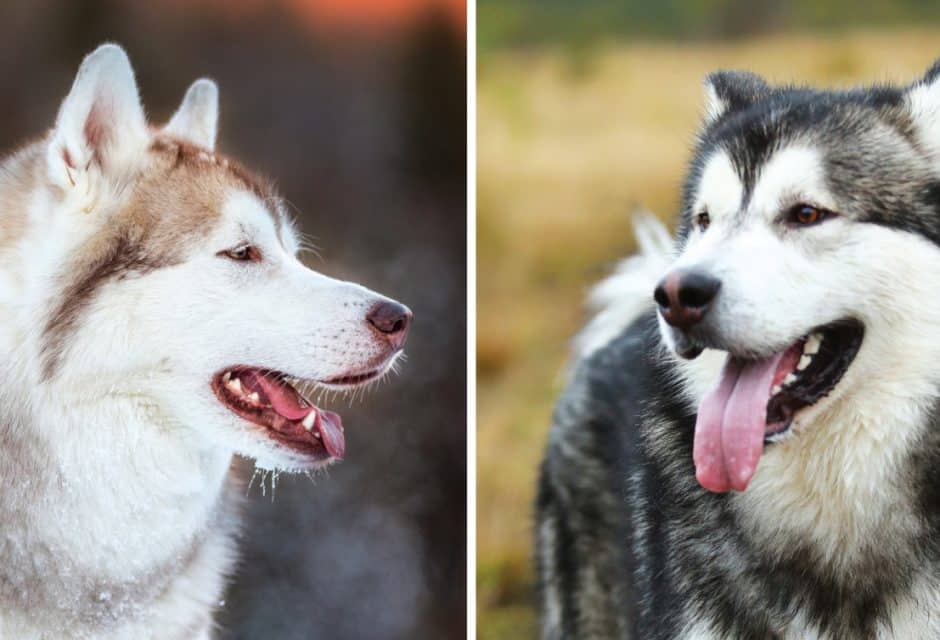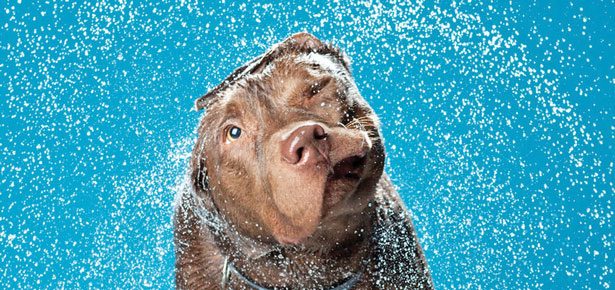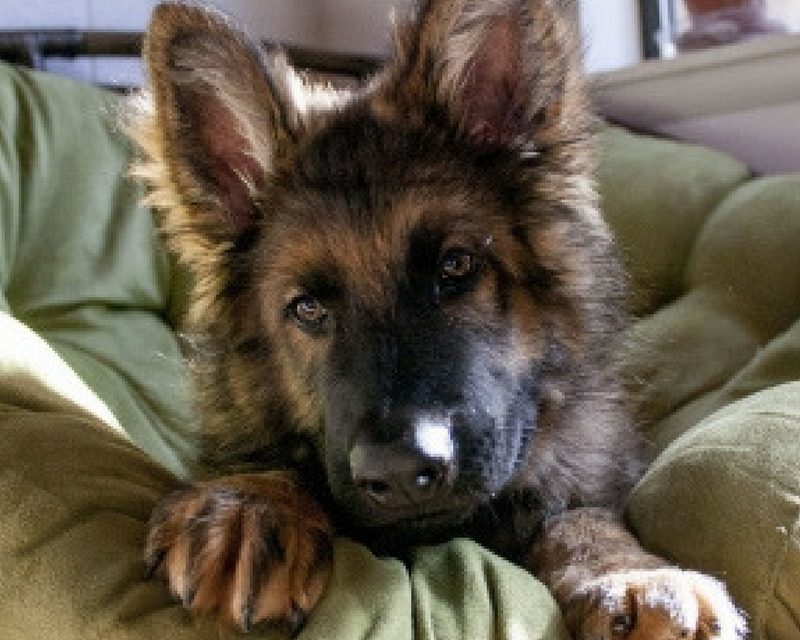
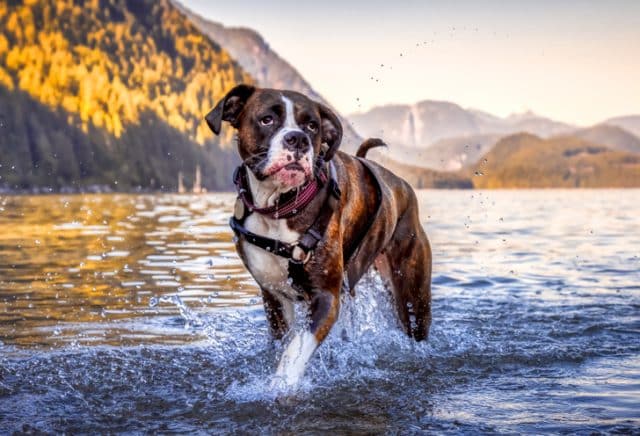
The Boxer
A dog breed that's forever young
Author J.M. Barrie might not have had a Boxer in mind when he created the character of Peter Pan, the boy who never grows up, but he certainly understood the spark of youthful exuberance and playful rebellion that defines the character of this breed. In Boxer: An Owner’s Guide (HarperCollins, 1996), author Dr. Peter Neville writes: “They seldom ‘grow up’ and most never lose their puppyish disposition.” While Boxers are elegant in appearance, athletic and courageous, they love to play the fool, find fun in everything they do, and just generally resist taking things too seriously. Just where the Boxer learned this “forever young” philosophy is not really clear.
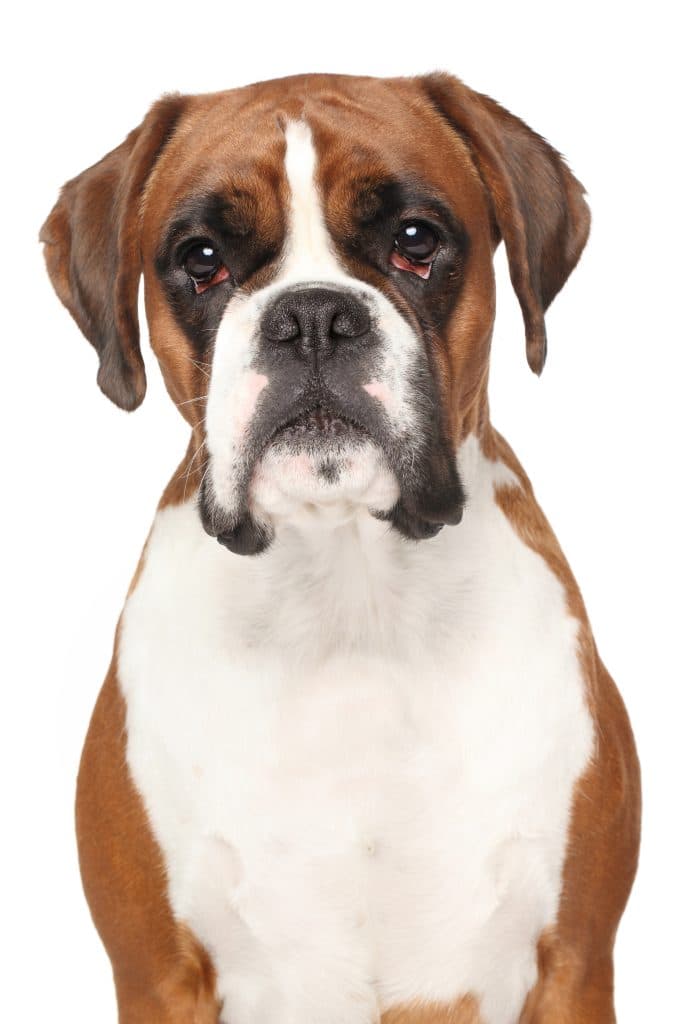
Jagodka/Bigstock
From huge mastiff-type dogs used to tackle large game and guard property, the Boxer’s immediate ancestor, the Brabant Bullenbeisser (literally “bull biter”), was developed in Germany specifically for the then-popular sport of bull baiting, a cruel and gory spectacle that set dogs to fight against bulls. Like the English Bulldog and several other breeds, the Bullenbeisser was bred to have an undershot mouth and a short face, the theory being that this allowed the dogs to bite and hold longer with their breathing unobstructed. These dogs would also have been useful to drovers and cattle dealers in handling their herds. By the mid-nineteenth century, the name “Boxer” was associated with a lighter-built version of the Bullenbeisser, the name possibly arising from the dogs’ habit of using their front feet when wrestling an opponent.
In both World Wars, the Boxer distinguished itself, acting as messenger, ambulance scout, guard, and even, in the case of a U.S. dog called Max, as a paratrooper leaping from planes alongside the human soldiers. Stubby, the part-Boxer mascot of the 102nd Infantry Regiment, was decorated for heroism several times after surviving shrapnel and gas attacks. In Germany, the Boxer’s wartime contributions led to the breed being recognized as one of those suitable for police work.
Up to this time, white Boxers were common and quite acceptable. However, police dogs could not be white, as they were too visible, especially for night patrols. When the US breed standard was drafted in 1938, it was ruled that a Boxer with white over more than one-third of the body should be disqualified from the show ring. Today, all-white and mostly white Boxers still appear in many litters. Although prospective owners should be aware that the incidence of deafness in white dogs is about twice as high as in dark Boxers, the white Boxer can still make a wonderful family pet.
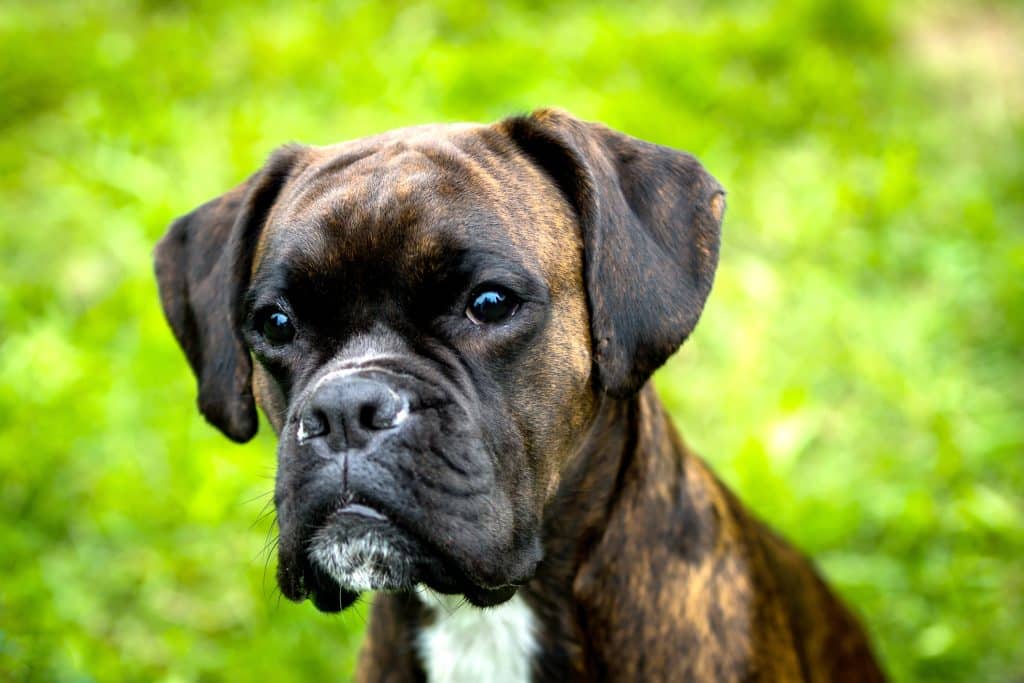
steffe-j/Bigstock
The colours that are accepted under the breed standard are fawn and brindle, both with a black mask. Fawns range in shade from light tan to mahogany, while brindle—dark stripes on a light background—may be anything from a few thin lines to such a dark and heavy colouring that the dog appears almost black. White markings on legs, neck, and face are common.
At 21 to 25 inches in height, members of this breed are medium in size, yet muscular and strong. As a brachycephalic (short-faced) breed, they do not handle extremes of temperature well. It is not unusual for a Boxer to be quite “gassy” after eating; it may be possible to control this through diet changes. Health concerns include heart problems, cancer, and allergies, and all owners should be aware that Boxers can have a life-threatening reaction to a common tranquilizer called Acepromazine; be sure to discuss this with your vet.
Most Boxers are naturally energetic—too energetic, perhaps, for owners who live a calm and sedentary lifestyle. Boxers need daily exercise or they will channel their zest for life into undesirable, often destructive, activity. Like all adolescents, they will be quick to rebel if they don’t receive loving guidance and attention. The Boxer is devoted to his family, wanting always to be included. Perhaps because of their own perpetually youthful natures, most Boxers relate well to children and will tolerate treatment from toddlers that would cause many dogs to growl or snap. This being said, all children should be taught how to treat dogs with respect and not try their patience.
Though a Boxer may sometimes bowl a friend over through sheer good spirits, there is no malice in his madness—unless the safety of his human companions is at stake. Boxers retain enough of their heritage as police and guard dogs to be vigilant in their self-appointed role as protector. Anyone who threatens the family or home of a Boxer may quickly be reminded that this is a dog that was originally bred to bite, bite hard, and bite long. Strangers may be viewed with dark suspicion until introduced by family as friends, but once a Boxer accepts someone, he reverts to his usual lighthearted and charming self and watching a Boxer play the mischievous imp we can only hope fervently that our Boxer pals never will grow up.
Join the newsletter and never miss out on dog content again!
"*" indicates required fields
By clicking the arrow, you agree to our web Terms of Use and Privacy & Cookie Policy. Easy unsubscribe links are provided in every email.


